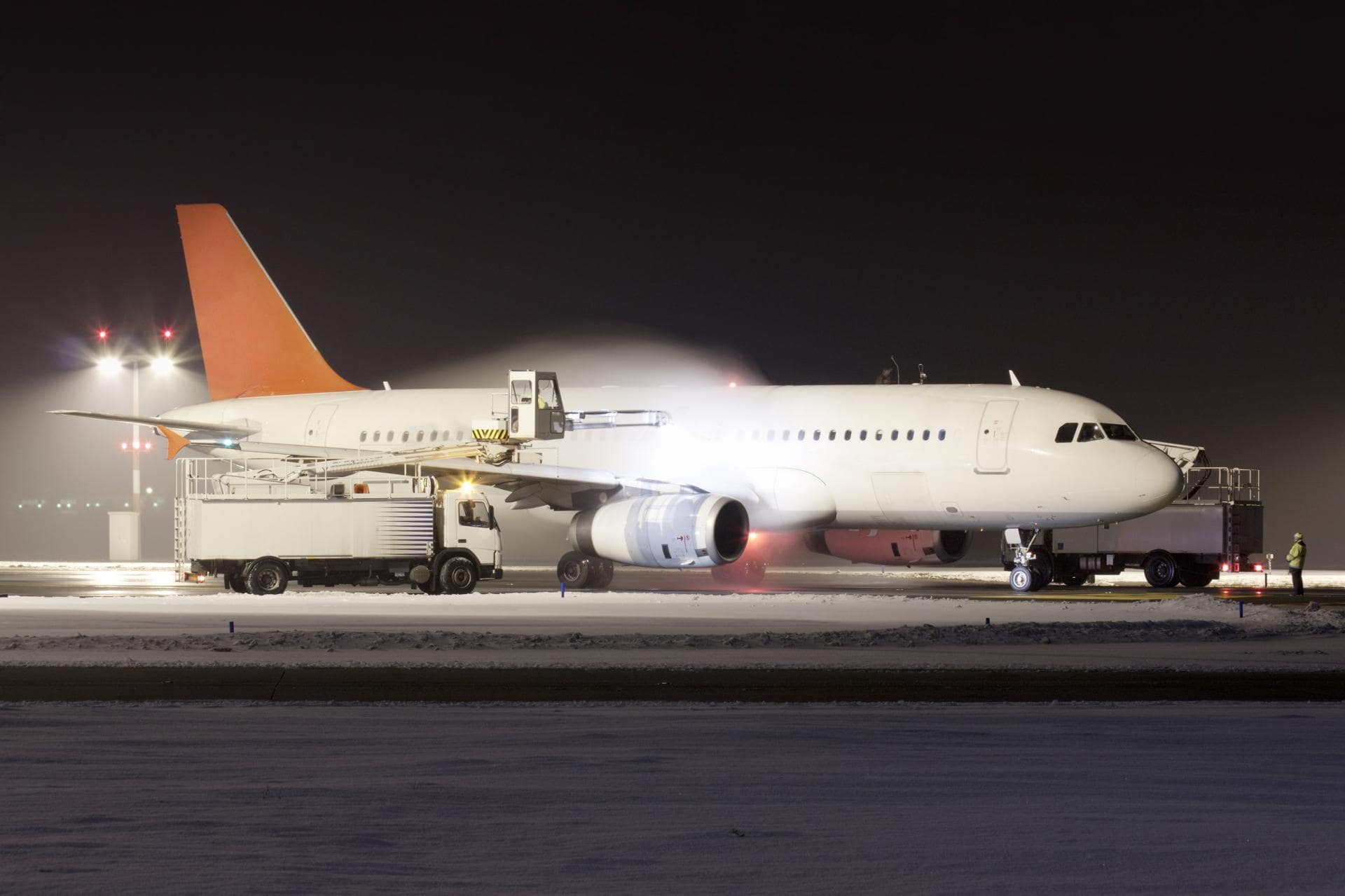Air transportation
This way of transport is done under Warsaw and Montreal Convention. The name of the laws for the convention which was approved to uniform some rules related to international air transportation in October 12 1929 is called Warsaw Convention.
The writing and approval of Warsaw Convention was at the same time with the economic crisis and depression in 1929 in which the commercial aviation industry including passengers and cargo had been presented in Europe for only a few years. Considering the freights, the strength of planes was so low that could not take heavy cargo. The freights were mostly posts. In Warsaw Convention, the cargo and passenger were considered in one place. In fact, the separation of passenger and cargo was still considered early.
The writing and approval of Warsaw Convention was at the same time with the economic crisis and depression in 1929 in which the commercial aviation industry including passengers and cargo had been presented in Europe for only a few years. Considering the freights, the strength of planes was so low that could not take heavy cargo. The freights were mostly posts. In Warsaw Convention, the cargo and passenger were considered in one place. In fact, the separation of passenger and cargo was still considered early.

Firstly, this convention was compatible with the main structure of the former international transportation rules (The Hague Rules) and even more progressive than it in a way it seemed the future international rules such as CMR and CIM conventions being compiled years after these rules were inspired by its principles. Secondly, writing these rules were so futuristic and comprehensive that even Montreal’s future rules being approved seventy years later in 1999 could not quibble, replace or transpose it or change anything in the basis of Warsaw Convention. Thus, the principles of Warsaw rules remained consistent; secondly, the changes compared with Warsaw were already done in the quadruple protocols of Hague in 1955, Guadalajara in Mexico in 1961, Guatemala City in 1971 and Montreal in 1975. In fact, The 1999 Montreal Convention took the principle of Warsaw and combined the quadruple changes in it and introduced an integrated set of rules.

Apart from air transportation rules, this method is used to transport cargos such as electronic parts, perishable goods, etc. which are required to be transported to the final location fast although the costs are high.
This company is your full guide to transport cargo from the air.
This company is your full guide to transport cargo from the air.
